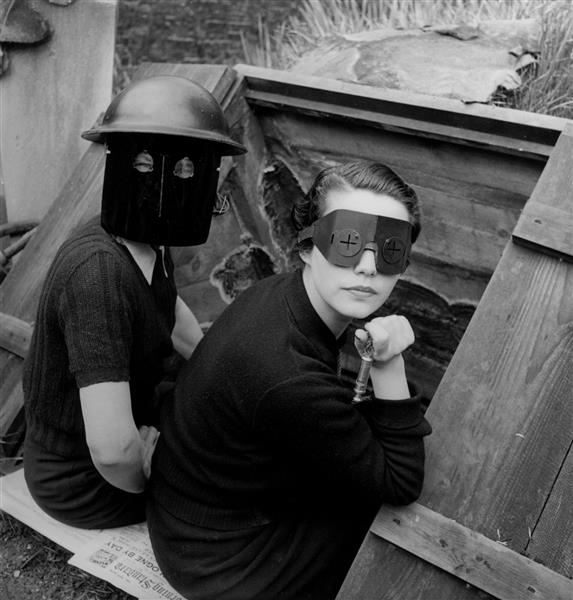The representation of the feminine is, of course, an evergreen topic around these parts. When we began—seems like yesterday—in 2009, we were the first bra store in the US to focus on the full cup sector. The notion of using diverse body types in fashion modeling was barely beginning to percolate in the industry, and all the editorial images we got from our vendors featured the same standard model body, plus one full-cup model who was ever-so-slightly bigger. We could scarcely afford to do our own professional shoots for every new bra that came in, so we made the best of what we could get, and set up our own shoots for special occasions. Then a few factors coalesced and we entered a new era…
Between 2009 and 2011, as we were finding our footing, cell phone cameras jumped from 2 to 8 Megapixels, Instagram arrived, and the discourse around body positivity and inclusivity took on a new vitality. Jenette Bras was growing and hiring young women who took to these new tools enthusiastically. By 2015 our staff was generating a steady stream of casual, subject-directed lingerie photography on a dazzling array of bodies. This was, and still is, gratefully received by our clientele.
This year we’ve corralled that sexy spirit into a more substantial form: our new Jenette Bras Pin-Up Planner, produced, shot & modeled by Jenette Bras Fitters. To celebrate this week’s release, I wanted to reflect on the work of a few of our foremothers, a painter and two photographers, who’ve inspired me and our photographer Amanda Majors. It’s a telling detail, respecting the narrow channels of women’s opportunity, that each of these three women started as a model, working with male artists. But it’s also a testament to the power of being seen, on your own terms, that each of them continued to use themselves as a subject of their own image-making.

The life of Suzanne Valadon was almost impossibly sensational. Impoverished from birth, she was working as a circus acrobat when she caught the eyes of Berthe Morisot and Henri Toulouse-Lautrec. After a tightrope injury ended her circus career she became a full-time artists model, posing for, and not infrequently becoming the lover of, many of the great and semi-great artists of the time. While posing and partying with these legendary figures she was also picking up painting techniques and insider knowledge of the art world. Around age 30 she made what strikes me as a very practical decision to end her affair with the bohemian genius Erik Satie (who lived in a small single room in Montmartre), and marry a stockbroker. Immediately thereafter, she began painting full time. After 14 years of steady career progress she was included in an important show, the Salon d’Automnes, and started an affair with a painter half her age. It’s like a mirror image of the heroic male painter biography. She’s best known for flipping the script of 19th century art by painting idealized male nudes and realistic female ones, especially including self-portraits documenting her aging body with unashamed frankness.

Lee Miller’s biography is at least equally mind-boggling. Born into more affluent circumstances, her childhood was nonetheless troubled (and troubling). After being expelled from a variety of institutions as a girl, she spent the latter part of her teens studying stagecraft in Paris, experimental drama at Vassar, and life drawing and painting at the Art Students League in Manhattan. Apparently discovered by Vogue when she was pulled from the path of a speeding car by it’s publisher, Condé Nast, she became, at 20, one of the most visible models in the country. At 22 she returned to Paris where she quickly became a full partner of the celebrated surrealist Man Ray, both romantically and creatively, and is regarded as a co-creator of his classic photos of her. But this was only her second chapter, and she was only 25 when she left Man Ray and opened her own, very successful commercial photography studio in New York, which she abandoned two years later to marry an Egyptian businessman and take classic surrealist photos in Cairo for three years, and from thence back to Paris where she hooked up with British Surrealist Roland Penrose, who she would eventually marry. Her surrealist background prepared her to shoot with an unflinching eye the impossible horrors of World War II as a war photographer for Vogue magazine. The photo she staged for Life magazine, of herself in Hitler’s bathtub, her US army boots on the floor, is one of the lasting symbols of the Allied victory.

In the early 1950s, Bunny Yeager parlayed a string of beauty pageant wins into a successful Miami modeling career. Simultaneously she was studying to be photographer herself. The bikini had become a European sensation but was still largely unavailable in American stores. Bunny wanted to be photographed in them, so she designed and made her own—hundreds of them. For a long and profitable moment, she became the primary US source for bikini shots. Soon she was running photoshoots featuring herself and other models, and pioneering the use of outdoor settings and natural light photography. Almost unconsciously, she was also re-writing the rules of pin-up photography. Unlike the coy sexual fantasies produced by her male competitors, Bunny and her models tended to look straight into the camera, seeming to meet the viewer’s gaze on an equal basis. When she met Bettie Page in 1954, a cheesecake legend was born.

